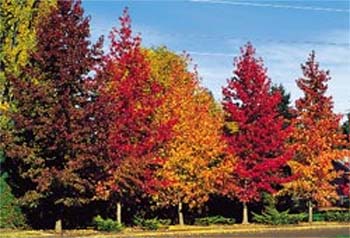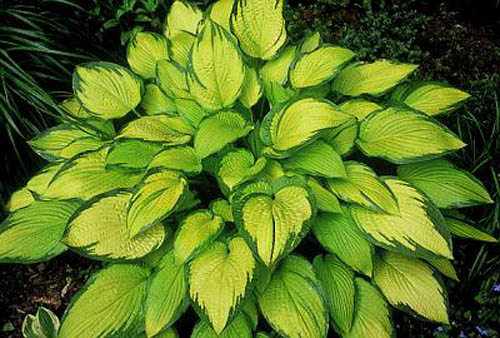The Corrals or hazelnut, a member of the Birch family, unlike it’s cousins is a very under used tree in the home garden. This shade tolerant deciduous shrub or small tree deserves much better. Many of this species have large rich purple leaves and colorful catkins. One variety, Corrals avellana or more commonly known as Harry Lauder’s Walking Stick is particularly worth planting. With it’s curled and twisted stems and leaves, it makes a fine specimen plant.
Hazelnuts or filberts are large, deciduous shrub from 3 to 15 feet tall. It has a straight trunk with spreading, ascending branches, and can form dense thickets. The leaves are 3 to 5 inches long, broadly ovate, accumulate, slightly lobed with doubly serrate margins. Their foliage is particularly beautiful with the sun shining through the leaves.
In nature the hazelnut grows along streams, hedgerows, meadows, roadsides, woodlands, and forest margins. It likes rich, moist, well-drained soils and is shade tolerant. It usually grows as an understory tree often competing with the alders and witchhazels for dominance.
The roots typically grow in the upper six inches of soil. Some of the smaller roots run vertically toward the surface and branch profusely into very fine laterals. The large, woody rhizomes give rise to new shoots 1 to 2 feet from the parent plant.
The leaves, twigs, and catkins of hazelnut are browsed by deer and moose. The nuts are eaten by small mammals, northern bobwhite, ruffed grouse and other large birds, and beaver eat the bark. Seed dispersal is chiefly by mammals or birds although the most important mode of reproduction of American hazel is from it’s rhizomes.
The flowers of Corrals are formed in the summer and open the following spring, before the leaves emerge. The male catkins are 8 inches long, straight, slender, and regularly spaced along the upper stem. The female flowers are tiny, almost completely enclosed by bracts near the end of the twigs.
By late summer or early fall, the fertilized flowers develop into clusters of 1-12 round to oval nuts, resembling an acorn . The pericarp is hard, loosely covering the smooth to shriveled kernel. Nuts are surrounded by a green, leafy husk , and abscise from the base of the husk in late august. However, the husk does not release the nut until 6 weeks later when it dries and opens. It begins producing nuts after the first year, and produces good crops every two to three years.
Commercially, hazelnuts are allowed to fall naturally to the ground as they mature, then mechanically swept into windrows, where large vacuums sweep them up. Nuts are gathered two or three times during the season. Once the nuts are collected from the orchard, they are washed and then dropped into large bins where forced-air heaters begin the drying process. Once dried they are separated into various sizes for bagging and distribution. Hazelnuts have been cultivated commercially for nut production since 1798.
The sweet nuts may be eaten raw or ground and made into a cake like bread. We often use filberts in place of walnuts or pecans in our Christmas cookies. The nuts were used by Native Americans to flavor soups. American hazel has a fairly high protein and energy value.
Historically, nuts were associated with the occult, and said to possess mystic powers. Nuts were burned by priests to enhance clairvoyance, used by herbalists for various remedies, and used in marriage ceremonies as a symbol of fertility.
The wood of the hazelnut has little commercial value, although it is often used by the home hobbyist in making country crafts. Once filbert wood was used for “divining rods” and “witching rods” which helped locate water and underground minerals.
In Europe, the hazelnut has been used for centuries as a garden shrub, mostly as hedges or in background screening. With the exception of Harry Lauder’s Walking Stick and for commercial cultivation, America has shown little interest in this fine shrub. Fortunately, this is changing and other filberts are finding their way in the home garden around the country.



